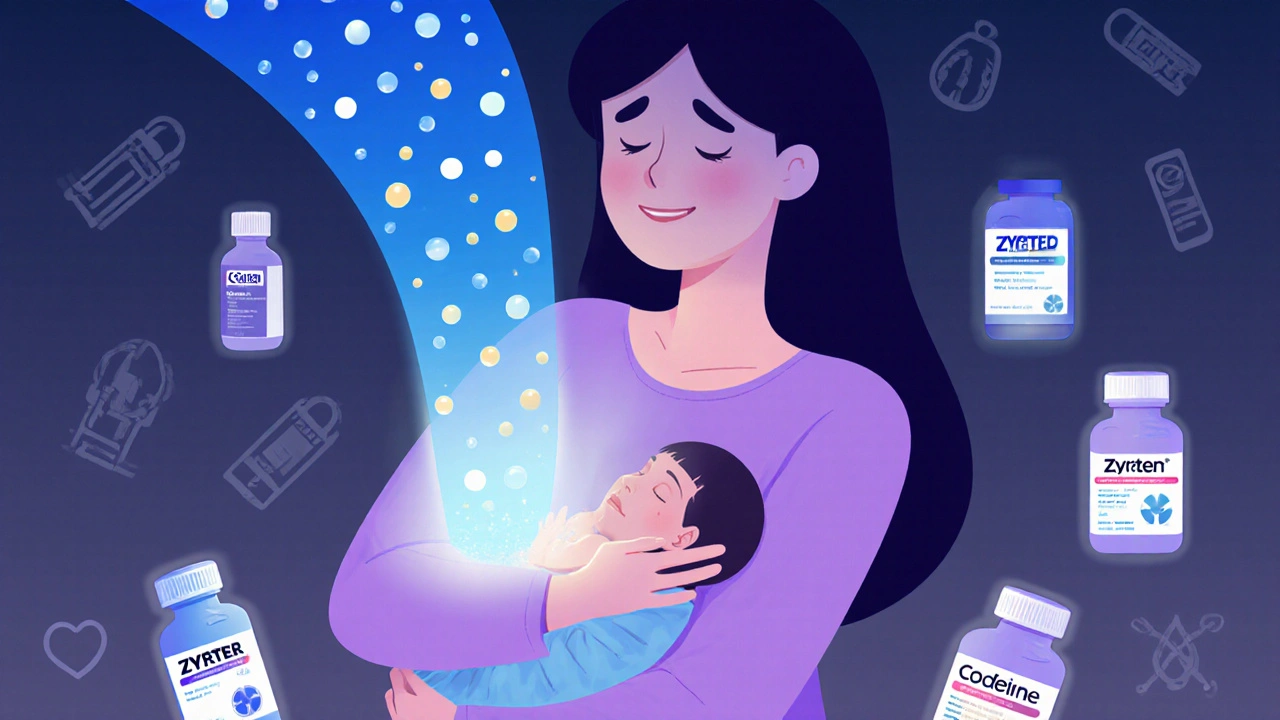Codeine Risks While Nursing: What You Need to Know
When you’re nursing, codeine, a common opioid painkiller that converts into morphine in the body. Also known as an opioid prodrug, it’s often prescribed after surgery or for severe pain—but what happens when it enters your breast milk isn’t always obvious. The problem isn’t just that codeine passes into milk—it’s that your body turns it into morphine, and some people do this too well. A small number of mothers are ultra-rapid metabolizers, meaning their bodies convert codeine into morphine faster than normal. That extra morphine ends up in breast milk, and your baby, even if they’re just a few days old, can’t process it. This can lead to extreme sleepiness, trouble breathing, or even life-threatening opioid overdose in newborns.
That’s why health agencies like the FDA and WHO warn against codeine during breastfeeding. The risk isn’t theoretical—there are documented cases of infants dying after their mothers took codeine while nursing. Even if you feel fine, your baby might not. breastfeeding and codeine, a high-risk combination due to unpredictable drug metabolism in infants. It’s not about how much you take—it’s about how your body handles it, and how your baby’s underdeveloped liver responds. Other opioids like tramadol carry similar risks. Meanwhile, infant opioid exposure, a preventable danger linked to maternal medication use during lactation. is something doctors now actively screen for when choosing pain relief for nursing mothers.
You don’t have to suffer in pain, though. Safer options exist. Acetaminophen and ibuprofen are usually fine for most nursing moms and don’t turn into dangerous substances in breast milk. If you need something stronger, your doctor can pick alternatives that don’t rely on unpredictable metabolism. Always check with your pharmacist or pediatrician before taking anything new—even if it’s over the counter. The safe medications while breastfeeding, a category of drugs proven to have minimal transfer and low risk to infants. are well-documented in resources like LactMed, and your care team should know them by heart.
What you’ll find below are real, practical posts that dig into how medications move through breast milk, what the science says about opioids like codeine, and how to make smarter choices without guessing. You’ll see how other moms handled pain after birth, what doctors recommend now, and how to spot the signs of trouble in your baby. This isn’t about fear—it’s about knowing what’s safe, what’s risky, and how to protect your child while taking care of yourself.






